Introduction
In the intricate tapestry of the natural world, snakes have earned a reputation as both enigmatic and fearsome creatures. Among their ranks, a select few stand out for possessing venom that can swiftly incapacitate and, in some cases, prove fatal to humans. Join us on a journey into the venomous realms as we explore the characteristics, habitats, and venomous prowess of the top five most venomous snakes on our planet.
1.Inland Taipan (Oxyuranus microlepidotus)

The Fierce and Elusive Giant of Australia
Hailing from the arid and remote regions of Australia, the Inland Taipan, also known as the “fierce snake” or “small-scaled snake,” holds the dubious honor of possessing the most toxic venom among all snakes. Despite its formidable reputation, encounters with humans are rare due to its reclusive nature. A single bite from the Inland Taipan contains enough venom to kill numerous humans, making it a symbol of both danger and the intricate balance of nature in the vast Australian outback.
2. Belcher’s Sea Snake (Hydrophis belcheri)
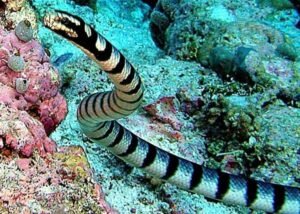
Serpentine Specter of the Ocean Depths
Dwelling in the waters of the Indian Ocean and the western Pacific Ocean, Belcher’s Sea Snake is a marine serpent with venom of extreme potency. While this snake is not known for aggression, its venom is highly toxic, capable of inducing rapid paralysis and respiratory failure. Fortunately, human encounters are rare due to its aquatic habitat, emphasizing the mysterious and deadly nature of this ocean-dwelling serpent.
3. Coastal Taipan (Oxyuranus scutellatus)
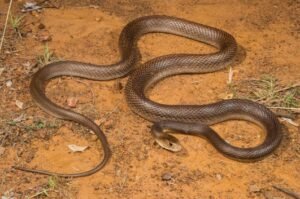
The Shy Menace of Northeastern Australia
Cousin to the Inland Taipan, the Coastal Taipan is another venomous giant native to northeastern Australia. While not as venomous as its inland relative, the Coastal Taipan’s neurotoxic venom can be fatal if left untreated. Despite its potent venom, this serpent is generally shy and prefers to avoid confrontations with humans. Understanding its habits and habitats is crucial for both conservation efforts and the safety of those who venture into its territory.
4. Black Mamba (Dendroaspis polylepis)
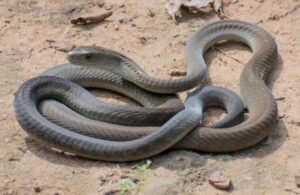
The Swift Reaper of Sub-Saharan Africa
Native to the savannas and rocky hills of sub-Saharan Africa, the Black Mamba is infamous for its incredible speed and potent venom. Despite its name, this snake’s coloration is typically brown or olive, but its reputation for speed and aggression is unparalleled. The venom of the Black Mamba contains a lethal cocktail of neurotoxins and cardiotoxins, causing rapid paralysis and respiratory failure. Encounters with this agile serpent underscore the importance of awareness and caution in regions where it roams.
5. Many-Banded Krait (Bungarus multicinctus)
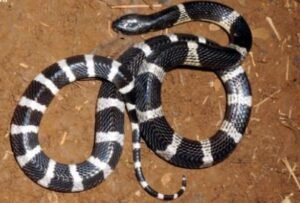
Elegant Lethality in Southeast Asia
Found in the diverse landscapes of Southeast Asia, the Many-Banded Krait is known for its striking black and white banding and potent neurotoxic venom. Despite its lethal capabilities, this snake is generally docile and only poses a threat when provoked. The Many-Banded Krait serves as a reminder that appearances can be deceiving in the world of venomous snakes, and respect for their habitats is paramount for human safety and the conservation of these remarkable species.
Conclusion
In conclusion, these top five most venomous snakes embody the complexity and danger inherent in the natural world. While their venomous capabilities are a survival adaptation, it underscores the need for coexistence and understanding to ensure the delicate balance of ecosystems where these serpents play a crucial role. Through education and awareness, humans can navigate these environments with caution, fostering both respect for these remarkable creatures and a harmonious coexistence with the diverse inhabitants of our planet.
Learn more about Top 10 Biggest Snakes in the world.

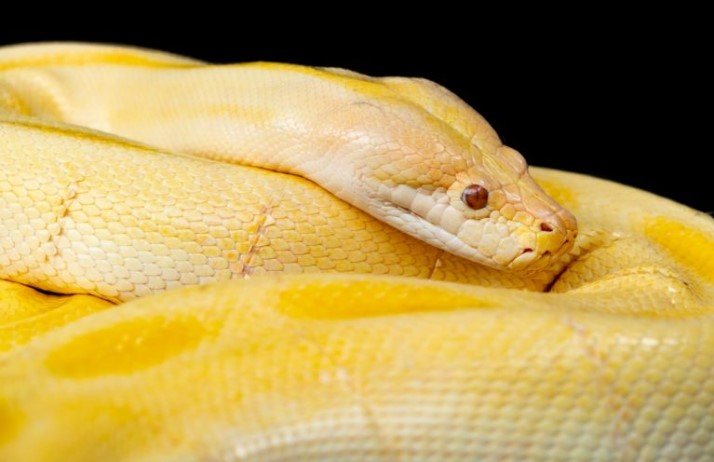
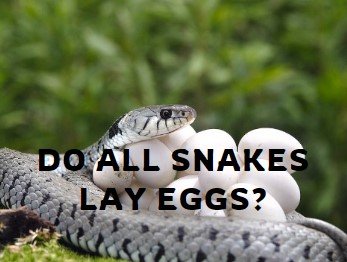
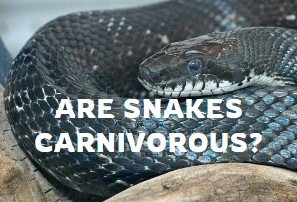
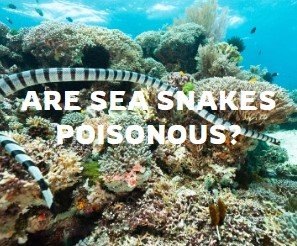
Leave a Reply